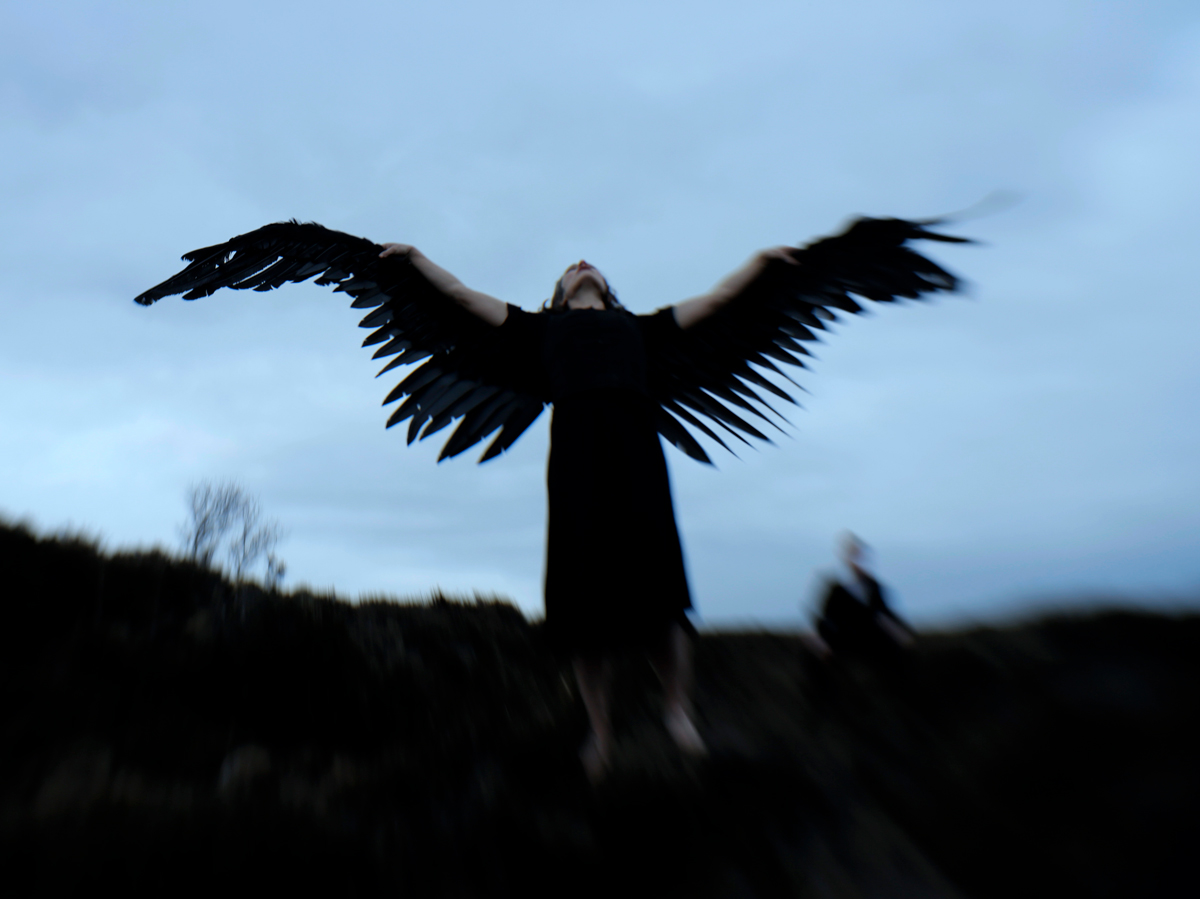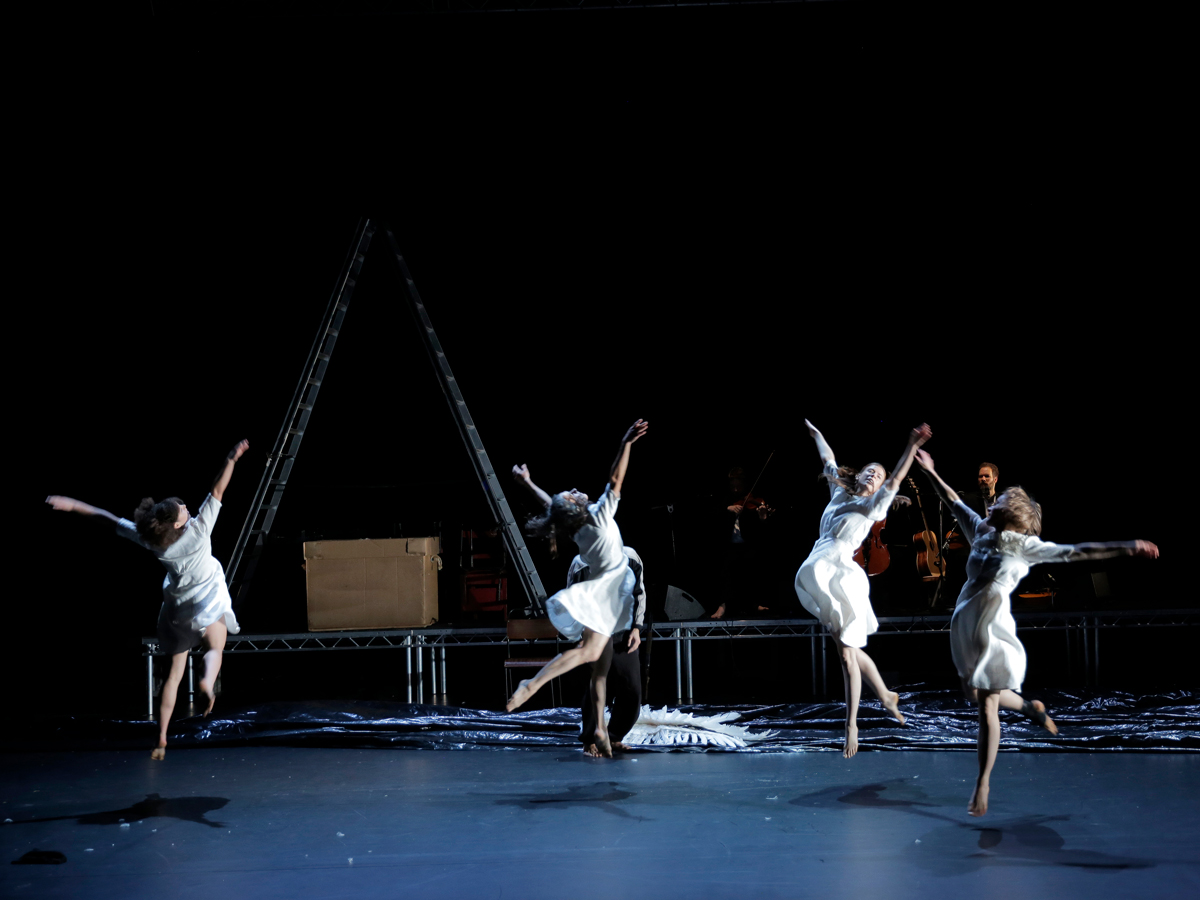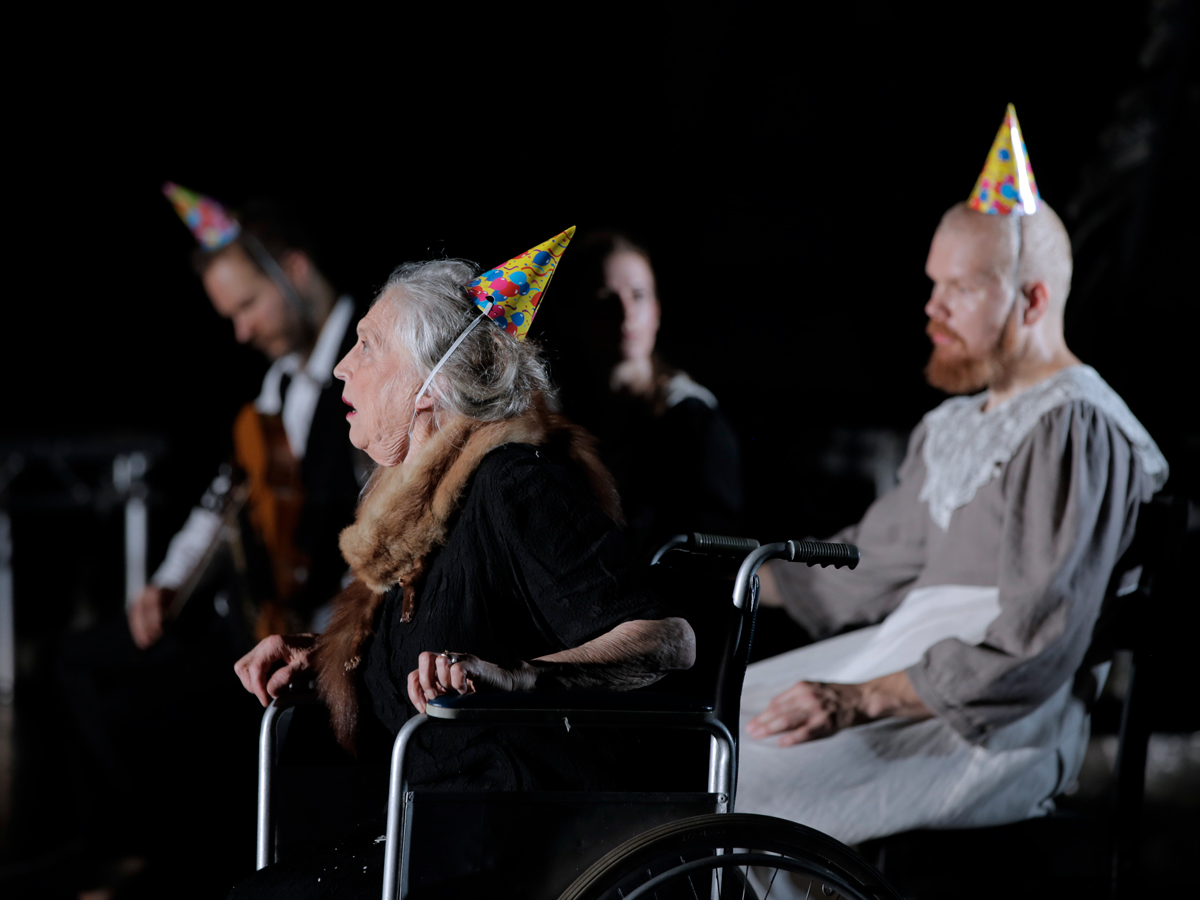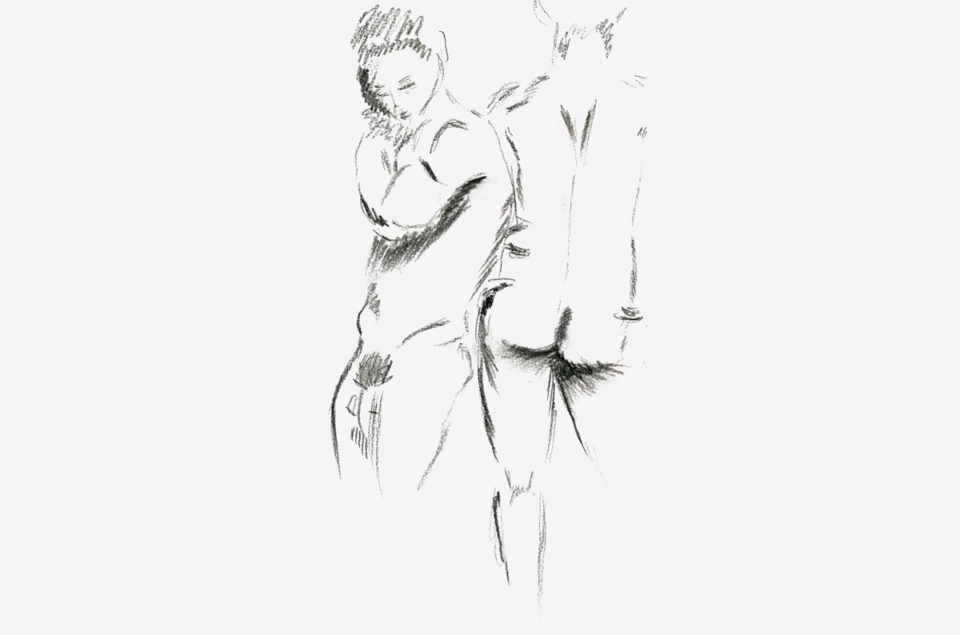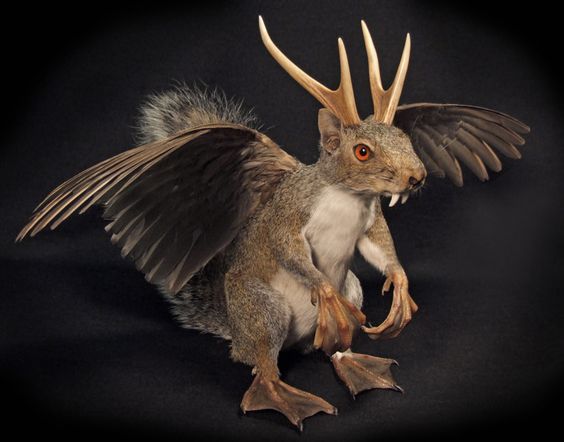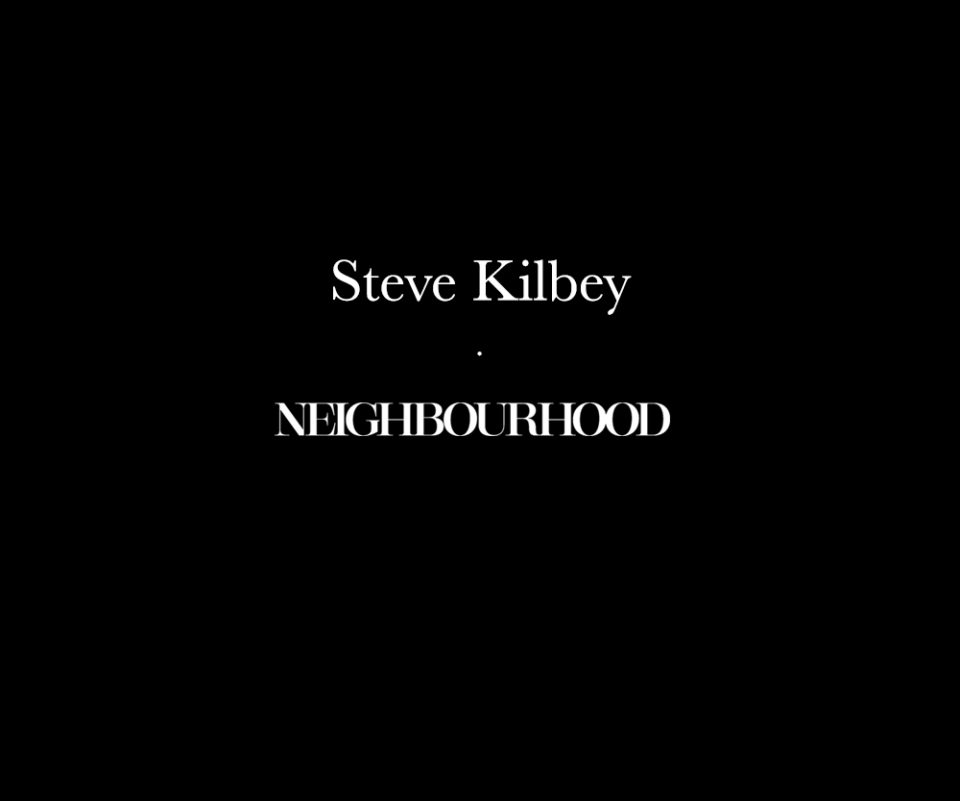“Like children turn over rocks to see what’s underneath,” says choreographer Michael Keegan-Dolan, “I’ve always had that desire to know what’s going on with somebody, what’s behind. Again, it brings you back to this balletic thing of the veneer. What’s behind the veneer? What’s really going on with you? And once you get into that kind of territory you start to meet story, these fantastic stories that need to be told about what has happened.”
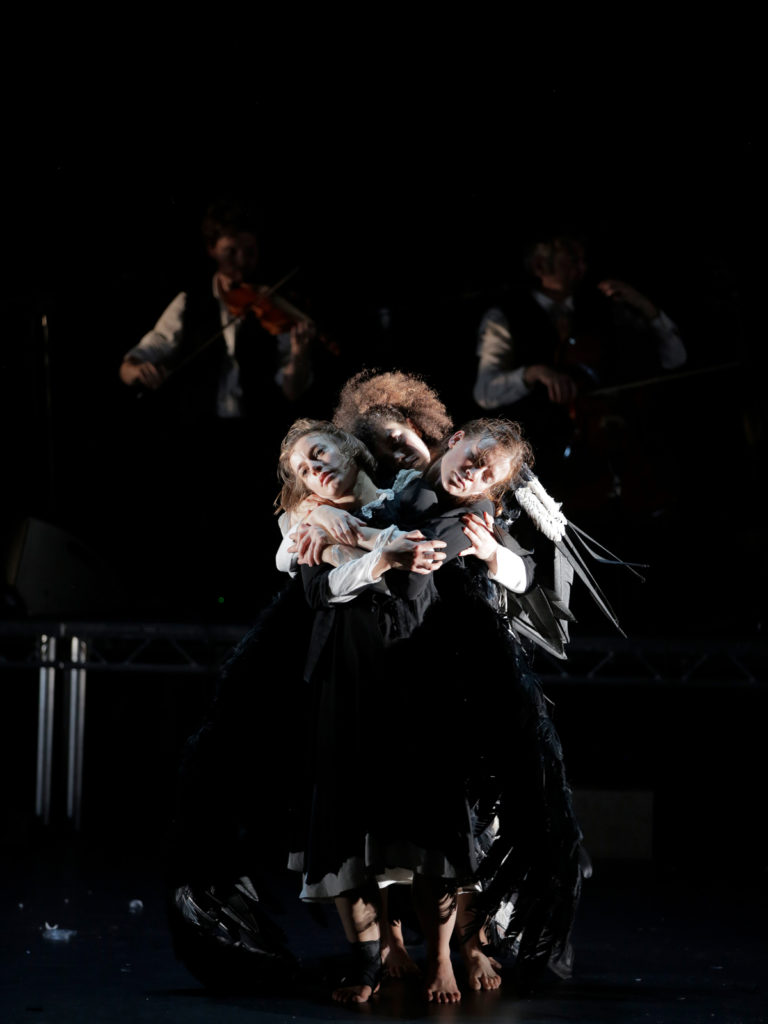
Swan Lake Loch na hEala at Sydney Opera House
Keegan-Dolan shares many stories in the brief time he speaks to me through a crackling phone line from the Irish seaside. Stories about family, about friends, about the magical and the mundane “butting up against one another.” One moment he is telling me about the hilarity that arises from sharing a rehearsal space with a vocational education centre, where confused locals would bumble into a naked warm-up exercise while looking for the library. Then, in the same breath, he is reflecting on the lonely boat journey his grandmother had to make from Manhattan back to Ireland by herself after falling pregnant out of wedlock.
To an outsider these stories might seem irrelevant. We’re supposed to be chatting about his latest ballet production, Loch na hEala, a reimagining of the classic Tchaikovsky ballet Swan Lake. But for Keegan-Dolan the story of Swan Lake was but a “skeleton” on which to weave a myriad of different stories. It was “like dropping sodium bicarbonate into water and watching the bubbles.”
His Loch na hEala isn’t so much an interpretation of Swan Lake as a total reimagining, a new and radically Gaelic attempt to mythically penetrate the conditions of the present through the barest outlines of a classic work. As the choreographer implies, it is turning the rock over to see what is underneath. Tchaikovsky’s score is usurped with Irish-Nordic folk music by the trio Slow Moving Clouds, who’ve worked with the likes of Sigur Ros and established a serious reputation for their avant-garde combination of traditional music, hypnotic minimalism and penetrating experimental approaches. The traditional narrative of a young woman turned into a swan by an evil sorcerer is replaced with the story of four sisters who are turned into birds after witnessing a terrible crime. Their ‘prince’ is Jimmy; unemployed, depressed and living on a council estate.
One might assume this reimagining comes from a fierce love of the original ballet; a desire to explore its questions and feelings in detail. After all, Keegan-Dolan has an impressive resume of previous reimaginings; Giselle (2003) and The Rite of Spring (2009), to name a few.
“To be really upfront with you, I’m not a fan of classical ballet,” he says. “I don’t like the superficial nature of the theatrical engagement and the way the stories generally get told. I’m more interested in organic, natural, simple, beautiful things. You know, I find ballet a little bit, ah, a little bit tough, a little bit cruel… My issue with classical ballet, I guess, is I don’t believe them, I don’t think it’s truth.” So what truth, then, does Keegan-Dolan hope his own production offers against this perceived tide of cruelty and callousness? The plot of the ballet – as many a reviewer has salivated over – ranges from everything from abuse in the Catholic Church to suicidal impulses to political corruption.
“When I explore mental illness or abuse of children or corruption it’s coming from the place of wanting to break through the lies that we get pedalled, the bullshit we get forced to accept. Actually, life is wonderful and life is complicated. It’s dark and it’s light.”
Keegan-Dolan is the first to admit he is no psychologist, but a desire to help console those in the grips of “mental torture” runs throughout his musings. Having spent a significant amount of time visiting a close friend hospitalized for depression, he became fascinated with the causes of depression, and the role theatre and dance plays in alleviating it.
“I thought, mental illness happens in the head, in the mind, you know, in a certain part of the mind, in a neurotic part of the mind. Dancing is mostly, nearly entirely in the body, so you know, when I dance, I have a little daughter, she’s six and she said to me yesterday, I was dancing for her and she said ‘oh god daddy you look so happy when you’re dancing’ and I think, you know, it always takes me out of my head, it gets me in connection with music, with the people I’m dancing with, with energy, pure and simple. And I think there is a connection.”
And so what does Keegan-Dolan feel his own responsibility in this debate is? When we turn over the stones of the stories of depression and abuse, of melancholy and neglect, that he weaves throughout his piece, what are we going to find? What is behind the veneer?
Keegan-Dolan sounds almost sheepish when he says, “Everyone has got stuff going on, everyone is pretty complicated, everyone has sadness in their lives… I feel like one of my jobs through being a storyteller, through working with dance and the theatre, is to share that idea, that it’s okay, that we’re all kind of dealing with the same stuff and it’s okay, that someone will walk out of the theatre and go ‘it’s okay!’ I feel like that’s my job, to kind of lighten the load, you know?”
‘Swan Lake’ / ‘Loch na hEala’ appears at the Drama Theatre, Sydney Opera House, 30 August – 2 September. Details here.


